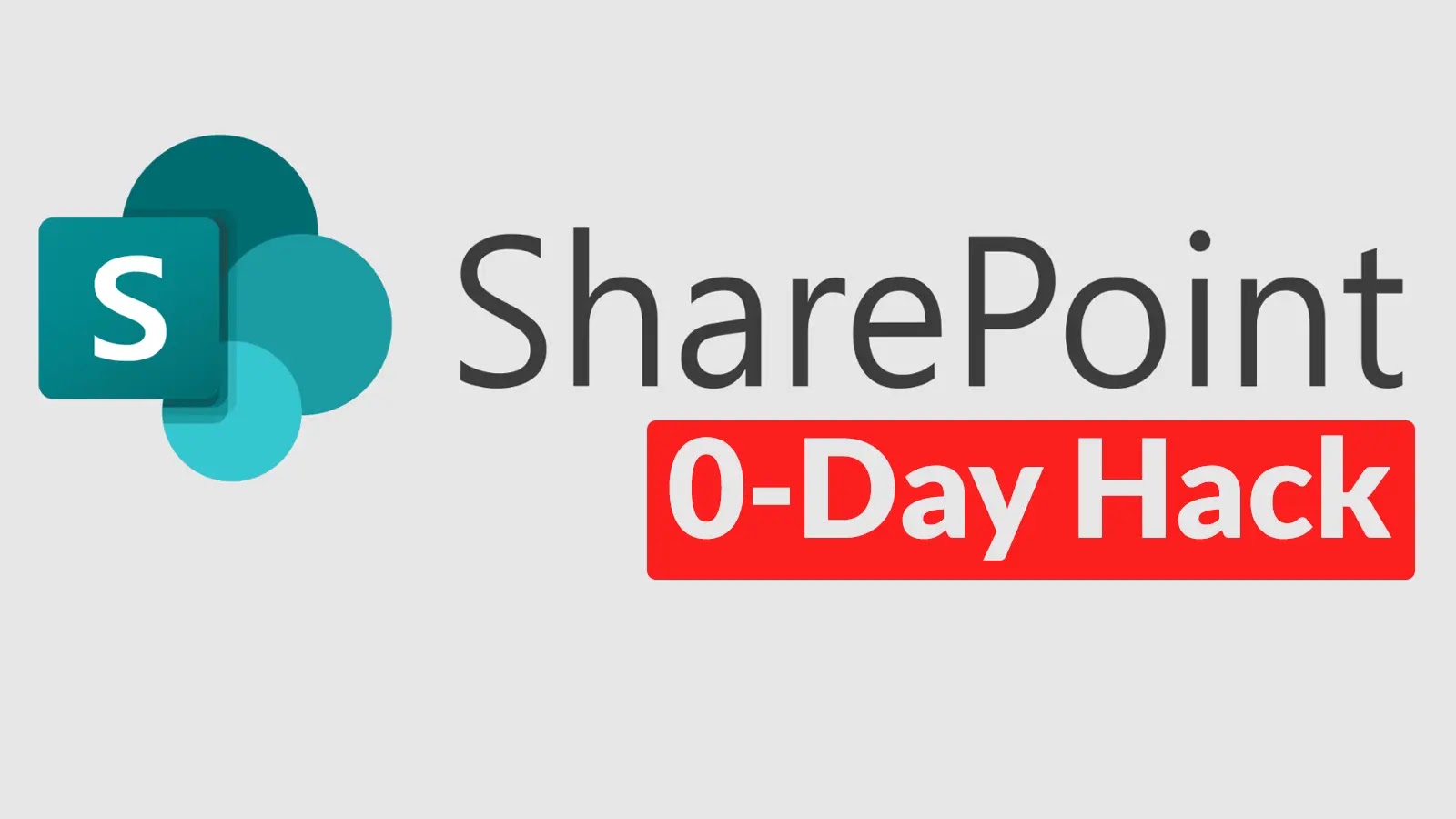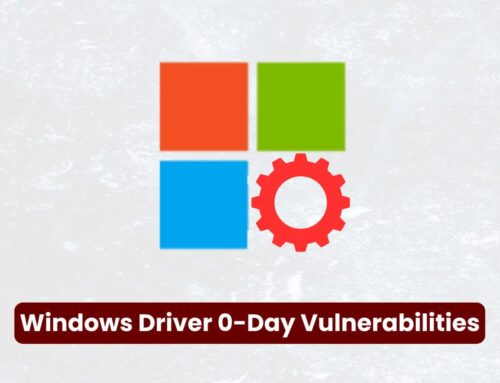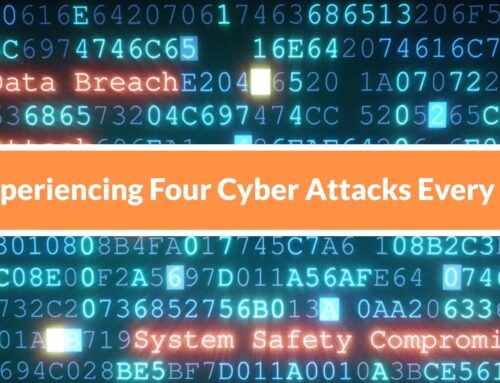
Microsoft SharePoint Server 0-Day Hack Hits African Treasury, Companies, and University
A disturbing trend has emerged from the ever-present shadow of cyber warfare: a sophisticated zero-day attack targeting Microsoft SharePoint Server installations. This isn’t a theoretical threat; it’s a live, active campaign that has already compromised over 400 entities globally, with a disproportionate and significant impact across African nations, including critical infrastructure in South Africa and Mauritius. This widespread breach serves as a stark reminder of the escalating stakes in cybersecurity and the urgent need for robust defense mechanisms.
The SharePoint Zero-Day Vulnerability: A Deep Dive
The core of this attack lies in its exploitation of a previously unknown security flaw – a “zero-day” vulnerability – within on-premise Microsoft SharePoint Server deployments. Unlike known vulnerabilities for which patches exist, a zero-day offers no immediate defense, granting threat actors an unhindered path into targeted systems. While specific CVE details are still under wraps at the time of this report, the very nature of a zero-day means it represents a critical bypass of existing security measures.
This particular exploit has allowed attackers to infiltrate critical infrastructure systems, compromising government agencies, educational institutions, and private companies. The implications are far-reaching, potentially leading to data exfiltration, system disruption, and intellectual property theft. The targeting of an African treasury, for instance, highlights the financial and geopolitical motivations behind such advanced persistent threats (APTs).
Understanding the Attack Vector and Impact
The attackers specifically targeted on-premise SharePoint installations, indicating a preference for environments that might have less agile patching cycles or complex network configurations. The absence of a publicly disclosed CVE for this specific zero-day vulnerability makes it particularly dangerous, as security teams cannot simply scan for or patch a known signature. This necessitates a proactive and adaptive security posture.
- Global Reach: Over 400 entities compromised worldwide.
- African Impact: Significant breaches in South Africa, Mauritius, and other African nations.
- Targeted Organizations: Government agencies, educational institutions, and private companies.
- Exploited System: Microsoft SharePoint Server (on-premise installations).
- Attack Method: Exploitation of a zero-day vulnerability allowing unauthorized access and infiltration.
Remediation Actions and Proactive Defense
Given the nature of a zero-day, immediate patching is often not an option until Microsoft releases an official fix. However, organizations running on-premise SharePoint Servers must take immediate, comprehensive action to mitigate risk and protect their assets.
- Isolate and Monitor: Immediately segment SharePoint servers from less critical networks. Enhance monitoring for unusual activity, outbound connections, or unauthorized access attempts.
- Network Segmentation: Implement strong network segmentation around SharePoint infrastructure to limit lateral movement in case of compromise.
- Principle of Least Privilege: Review and enforce the principle of least privilege for all user accounts and service accounts accessing SharePoint.
- Multi-Factor Authentication (MFA): Ensure MFA is enforced for all administrative interfaces and user access to SharePoint, where applicable.
- Regular Backups: Maintain isolated, air-gapped backups of all critical SharePoint data to facilitate recovery in the event of a successful attack.
- Security Audits: Conduct immediate and thorough security audits of all SharePoint environments, including configuration reviews and vulnerability assessments.
- Threat Hunting: Proactively hunt for indicators of compromise (IoCs) within network traffic and system logs, even without specific CVE details. Look for anomalous logins, unusual data transfers, or suspicious process executions.
- Stay Informed: Closely monitor official Microsoft security advisories and reputable cybersecurity news sources for updates, patches, and specific IoCs related to this vulnerability.
Tools for Detection and Mitigation
While no silver bullet exists for a zero-day, several categories of tools can aid in detection, monitoring, and overall security posture improvement for SharePoint environments.
| Tool Name | Purpose | Link |
|---|---|---|
| Microsoft Defender for Endpoint | Endpoint Detection and Response (EDR) for identifying suspicious activity. | https://www.microsoft.com/en-us/security/business/endpoint-security/microsoft-defender-for-endpoint |
| SIEM Solutions (e.g., Splunk, Microsoft Sentinel) | Centralized log management and security information and event management for anomaly detection. | https://www.splunk.com/ https://azure.microsoft.com/en-us/products/microsoft-sentinel |
| Network Intrusion Detection/Prevention Systems (IDS/IPS) | Monitoring network traffic for suspicious patterns and blocking known malicious activity. | (Vendor specific, e.g., Cisco, Palo Alto) |
| Vulnerability Scanners (e.g., Nessus, Qualys) | Identifying known vulnerabilities and misconfigurations (though limited for zero-days until patched). | https://www.tenable.com/products/nessus https://www.qualys.com/ |
| File Integrity Monitoring (FIM) Solutions | Detecting unauthorized changes to critical system files and configurations on SharePoint servers. | (Various vendors) |
The Broader Implications of Zero-Day Exploits
This SharePoint zero-day incident underscores a critical challenge in modern cybersecurity: the continuous discovery and exploitation of unknown vulnerabilities. Organizations cannot solely rely on patching cycles; they must adopt a layered security approach that includes robust monitoring, threat intelligence, and incident response capabilities. The targeting of high-value entities, particularly in developing economies, highlights the evolving landscape of cyber warfare and the need for global collaboration in defense.
The incident serves as a call to action for all organizations, particularly those maintaining on-premise infrastructure. Proactive defense, continuous vigilance, and a well-rehearsed incident response plan are no longer optional; they are essential for survival in an increasingly hostile digital environment.





